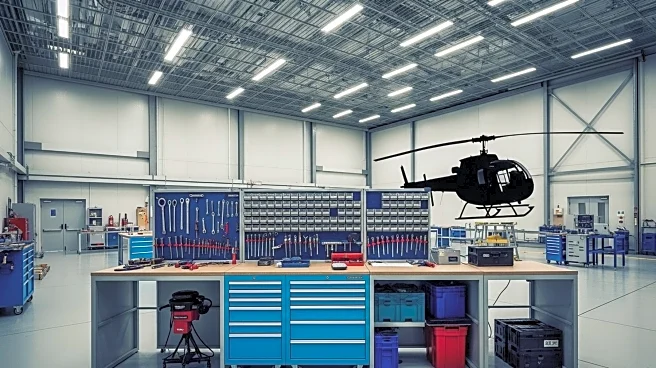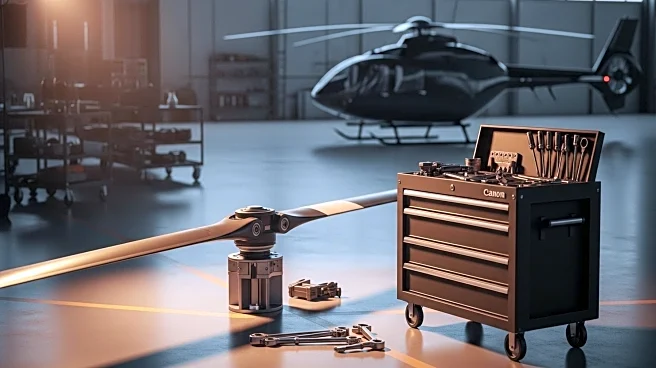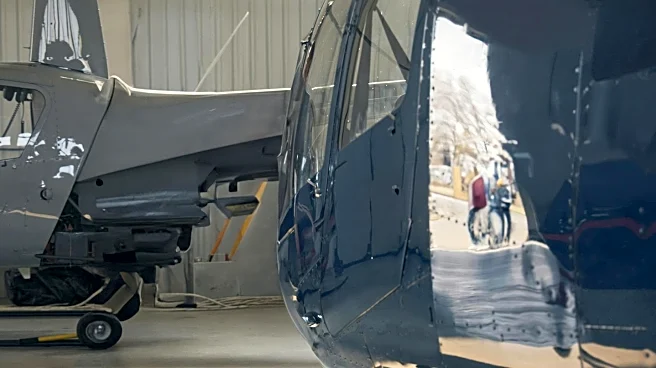What is the story about?
What's Happening?
Air Methods helicopter emergency medical service (HEMS) bases are equipped with small yet efficient maintenance facilities that ensure the continuous availability of their helicopters. According to Andrew Lewis, lead maintenance technician with LifeNet 8-1 in Hagerstown, Maryland, these bases are capable of performing every level of maintenance on the aircraft, including the major 1,000-hour inspection required by Airbus Helicopters. Despite space limitations, the mechanics are fully certified to handle comprehensive maintenance tasks. The facilities are equipped with essential tools, although some larger equipment like a gantry crane is not available on-site. This self-reliant approach allows for quick response to maintenance needs, such as a recent incident where a mechanic repaired an oil leak on a helicopter within a day, ensuring the aircraft was back in service promptly.
Why It's Important?
The self-reliant maintenance model adopted by Air Methods is crucial for the uninterrupted operation of emergency medical services, which rely heavily on the availability of helicopters. This approach minimizes downtime and ensures that helicopters are ready to respond to emergencies at any time, which is vital for saving lives. The ability to perform extensive maintenance tasks on-site without the need for external facilities reduces operational delays and costs. This model also highlights the importance of having highly skilled technicians who can diagnose and resolve issues swiftly, thereby enhancing the overall efficiency and reliability of emergency medical services.
What's Next?
As the demand for emergency medical services continues to grow, the need for efficient and reliable maintenance operations will become increasingly important. Air Methods may consider investing in additional equipment, such as gantry cranes, to further enhance their maintenance capabilities. Additionally, ongoing training and certification for technicians will be essential to keep up with technological advancements in helicopter design and maintenance. The company might also explore expanding their maintenance facilities to accommodate more comprehensive inspections and repairs on-site, further reducing the need for external support.
Beyond the Headlines
The self-reliant maintenance model not only ensures operational efficiency but also contributes to the sustainability of emergency medical services. By reducing the dependency on external maintenance facilities, Air Methods can better control their environmental impact and resource usage. This approach also fosters a culture of innovation and problem-solving among technicians, who are encouraged to develop creative solutions to maintenance challenges. In the long term, this model could serve as a benchmark for other emergency service providers looking to enhance their operational resilience and sustainability.
AI Generated Content
Do you find this article useful?













